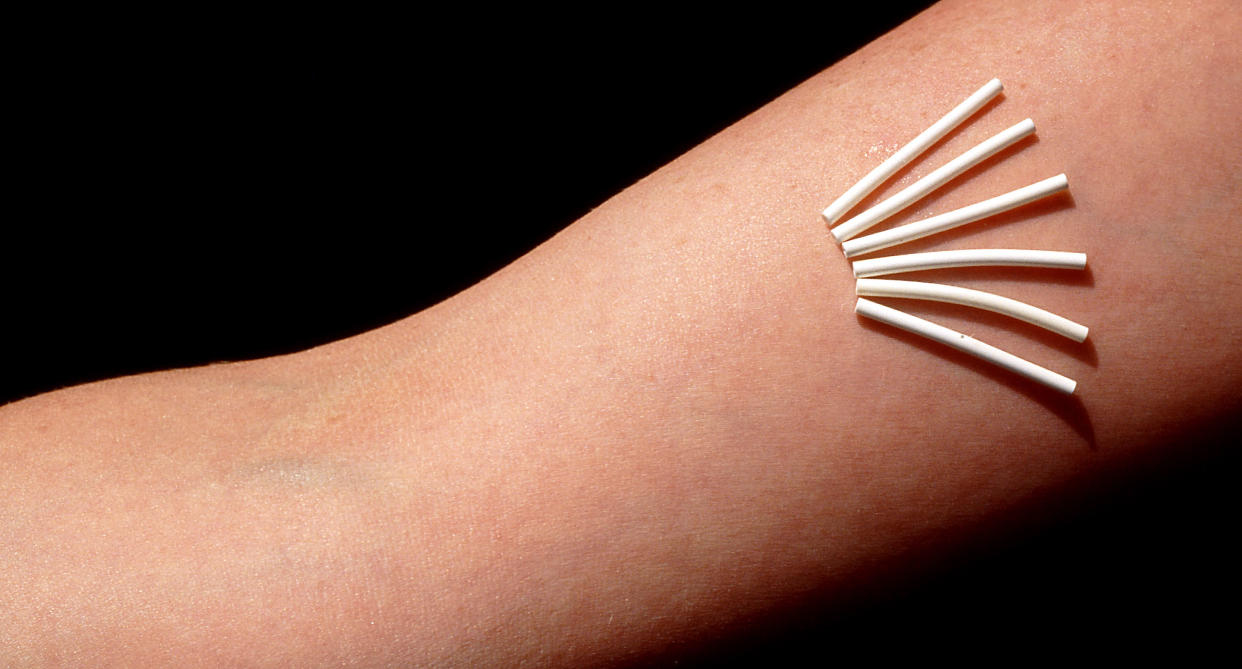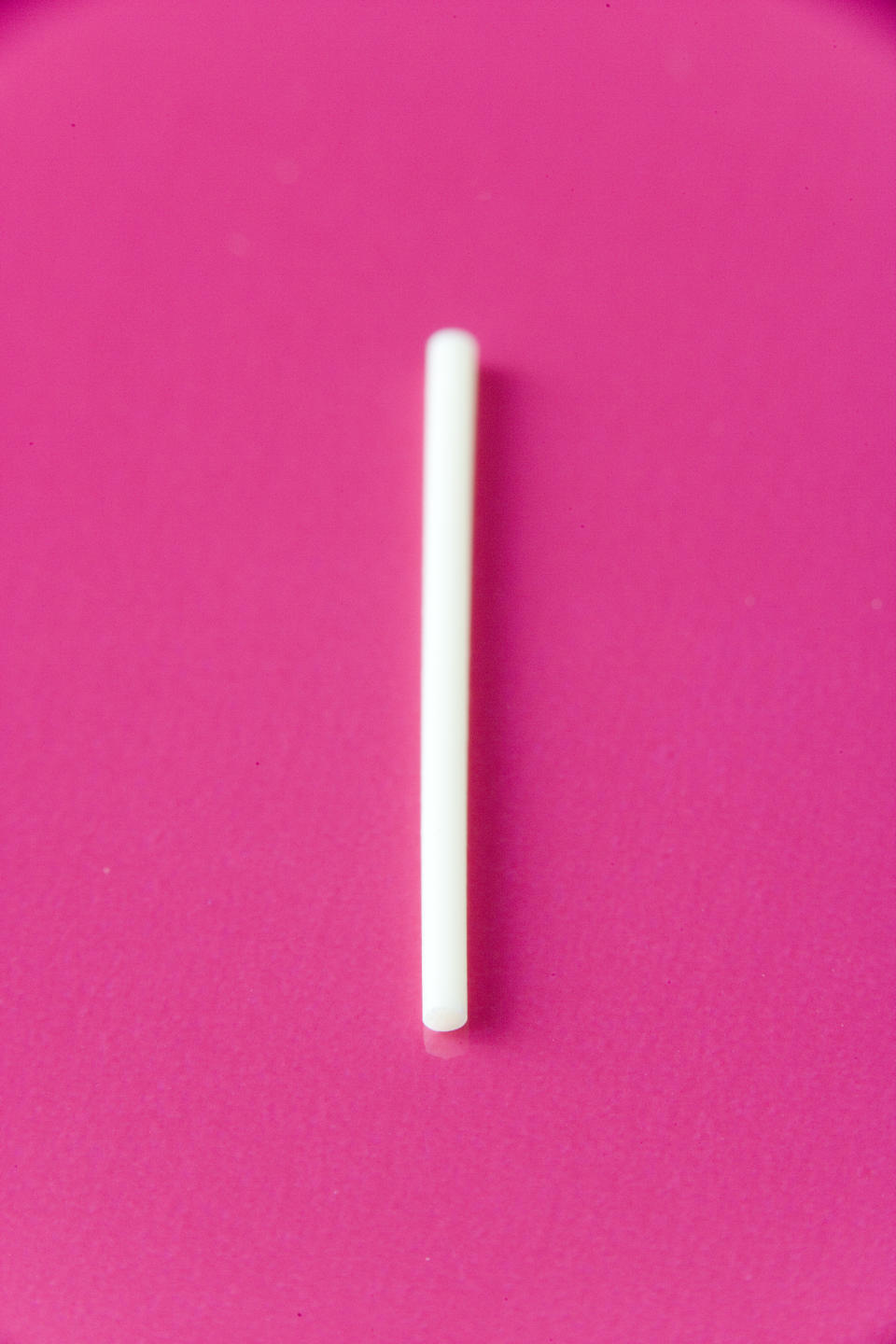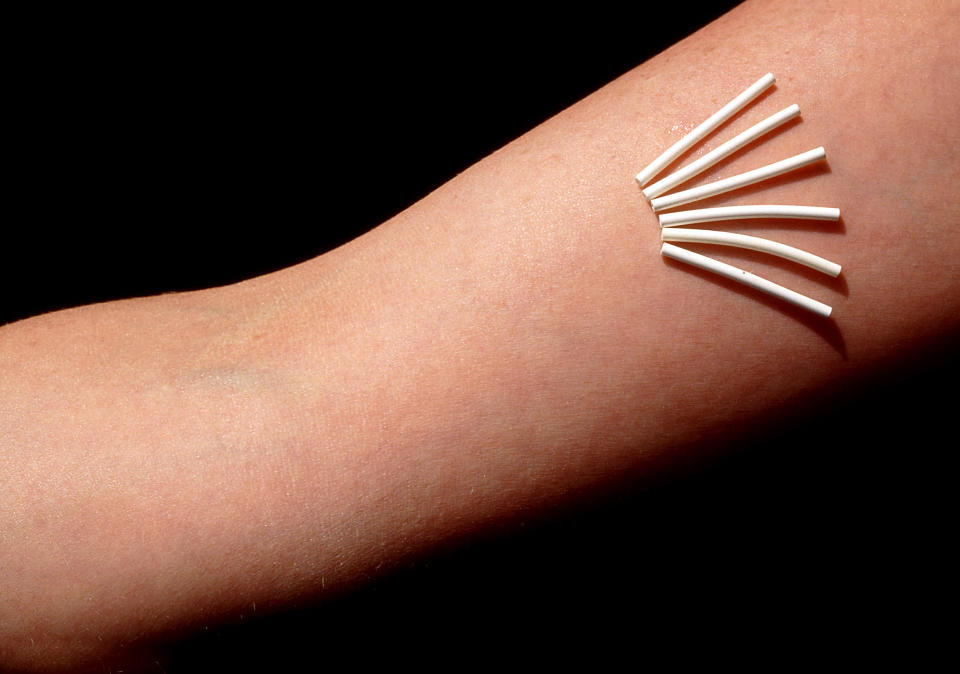Woman's birth control implant found in her lung: report

A Portuguese woman was surprised to learn that the birth control device she had implanted in her upper arm had dislodged and migrated to her left lung.
According to a new report published in BMJ (formerly known as the British Medical Journal), a 31-year-old woman visit her gynecologist after experiencing abnormal uterine bleeding for three months.
ALSO SEE: 61-year-old Canadian grandmother says men are 'intimidated' by her muscles
On the recommendation of her doctor, the woman sought to have the Implanon NXT contraceptive device removed. Despite relying on the device for a total of eight years, and receiving the required replacements in 2013 and 2017, doctors were unable to locate the implant in her arm.

An ultrasound, X-ray and subsequent CT scan revealed that the four-centimetre long plastic device had somehow become dislodged from her upper arm and travelled to the left lower lobe of her lung. The woman was referred to a cardiothoracic surgeon who removed the device using video-assisted thoracoscopic surgery. The woman was discharged from the hospital four days later.
Although rare, this isn’t the first time a birth control device has migrated to a woman’s lungs. In 2017, an article was published by the Korean Society of Obstetrics and Gynecology after a 37-year-old woman required surgery to remove a Nexplanon birth control implant from her lung.
ALSO SEE: Mosquito-borne virus that causes brain swelling, death in humans detected in Florida
Inserted in 2014, the woman experienced irregular bleeding for two years after receiving the implant and requested it be removed. Doctors were unable to locate the device, later discovering that it had travelled to the left lower lobe of the lung and required surgery to remove.
While migration of approximately 2 centimetres is considered normal after receiving a birth control implant, doctors in the 37-year-old woman’s case believe an initial error regarding implant placement lead to the device traveling to the lungs.
What is a birth control implant?
According to the Mayo Clinic, contraceptive implants are effective, long-term alternatives to the birth control pill.
The device is implanted approximately seven centimetres above the elbow of the non dominant hand, slowly releasing the hormone progestin into the body to prevent pregnancy. One device can prevent pregnancies for up to three years before needing to be replaced. These estrogen-free birth control devices are 99 per cent effective, and can help improve and lighten periods. Planned Parenthood reports that one in three women will stop getting their period at all after about a year with the device.

However like any contraceptive, there can be side effects, and implants are not recommended for women with a history of blood clots. Some common side effects after implantation include irregular bleeding, headaches, breast pain, nausea, weight gain, pain or burning at implant site and ovarian cysts.
Implants can be removed by a healthcare professional at anytime with a minor surgical procedure.
Let us know what you think by commenting below and tweeting @YahooStyleCA! Follow us on Twitter and Instagram.



